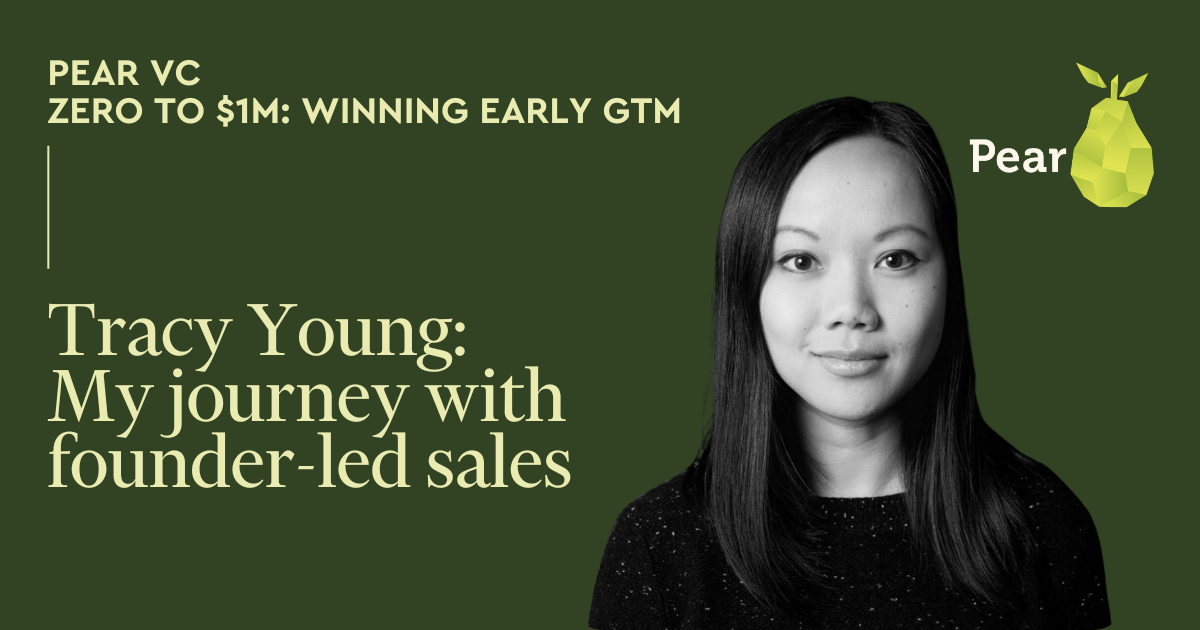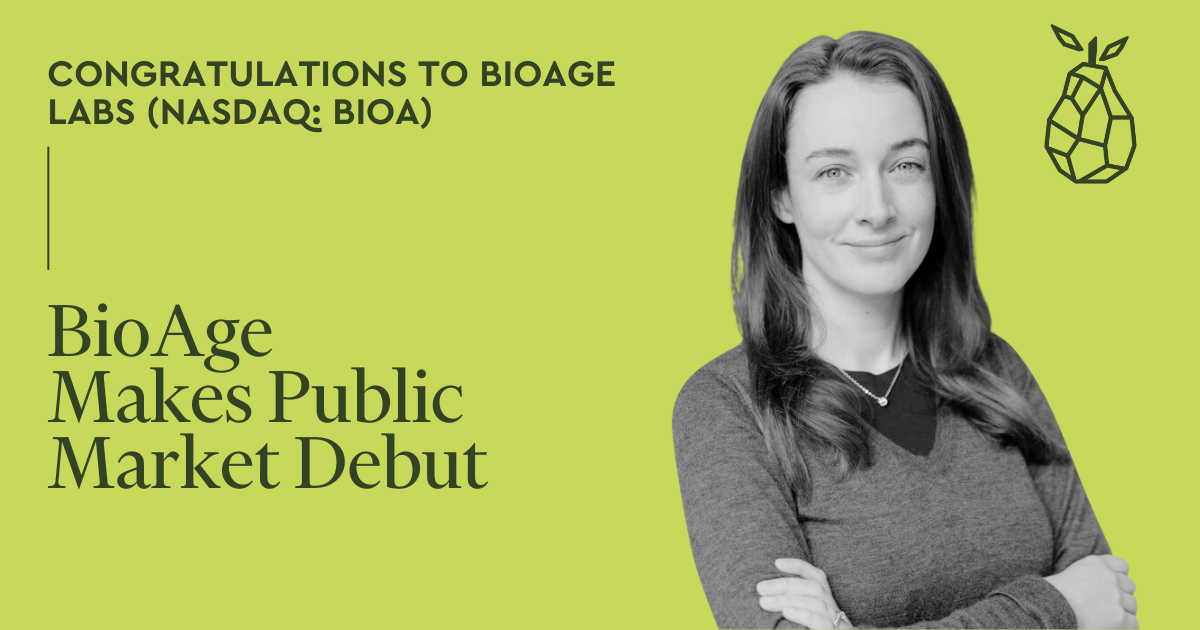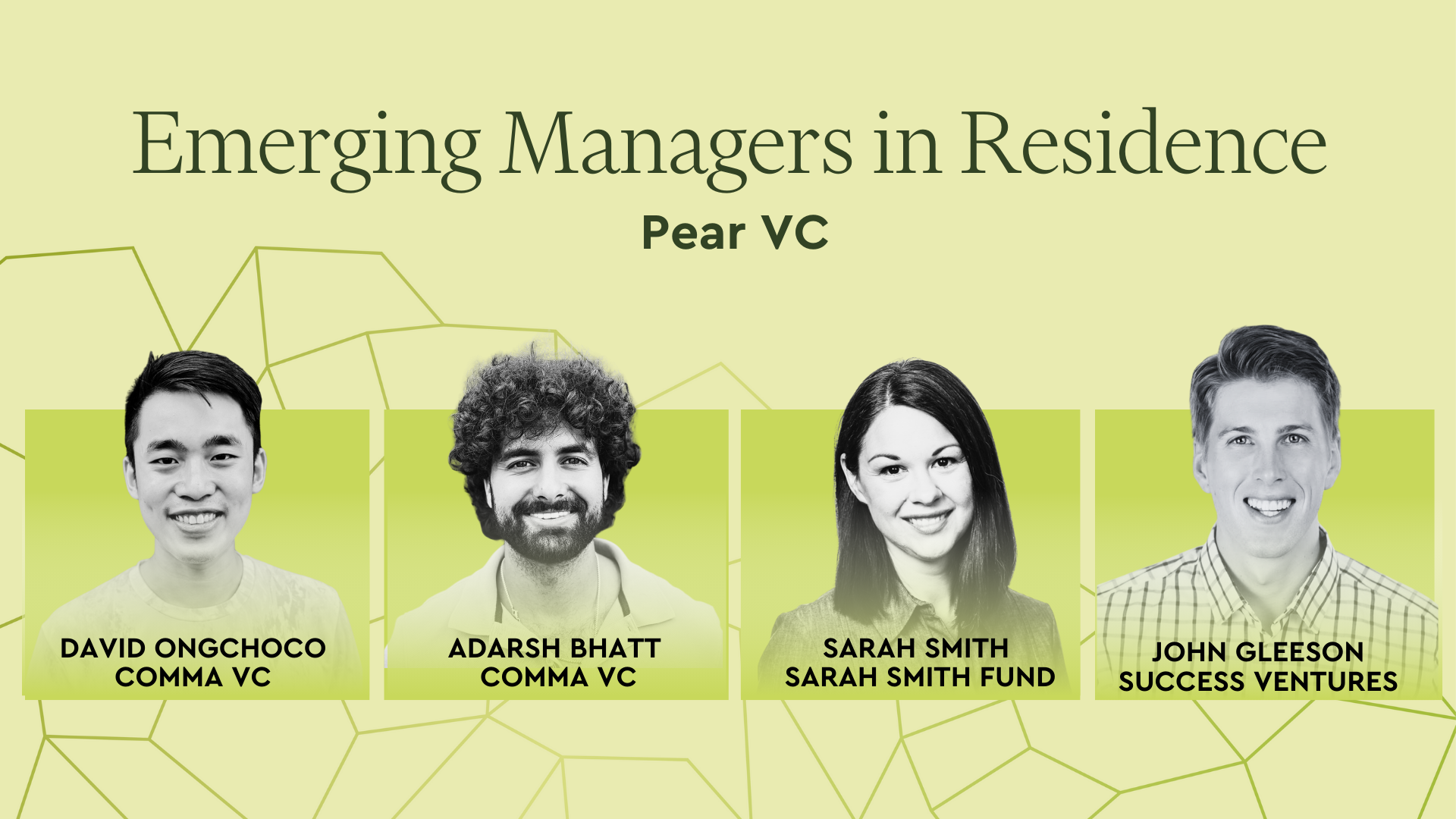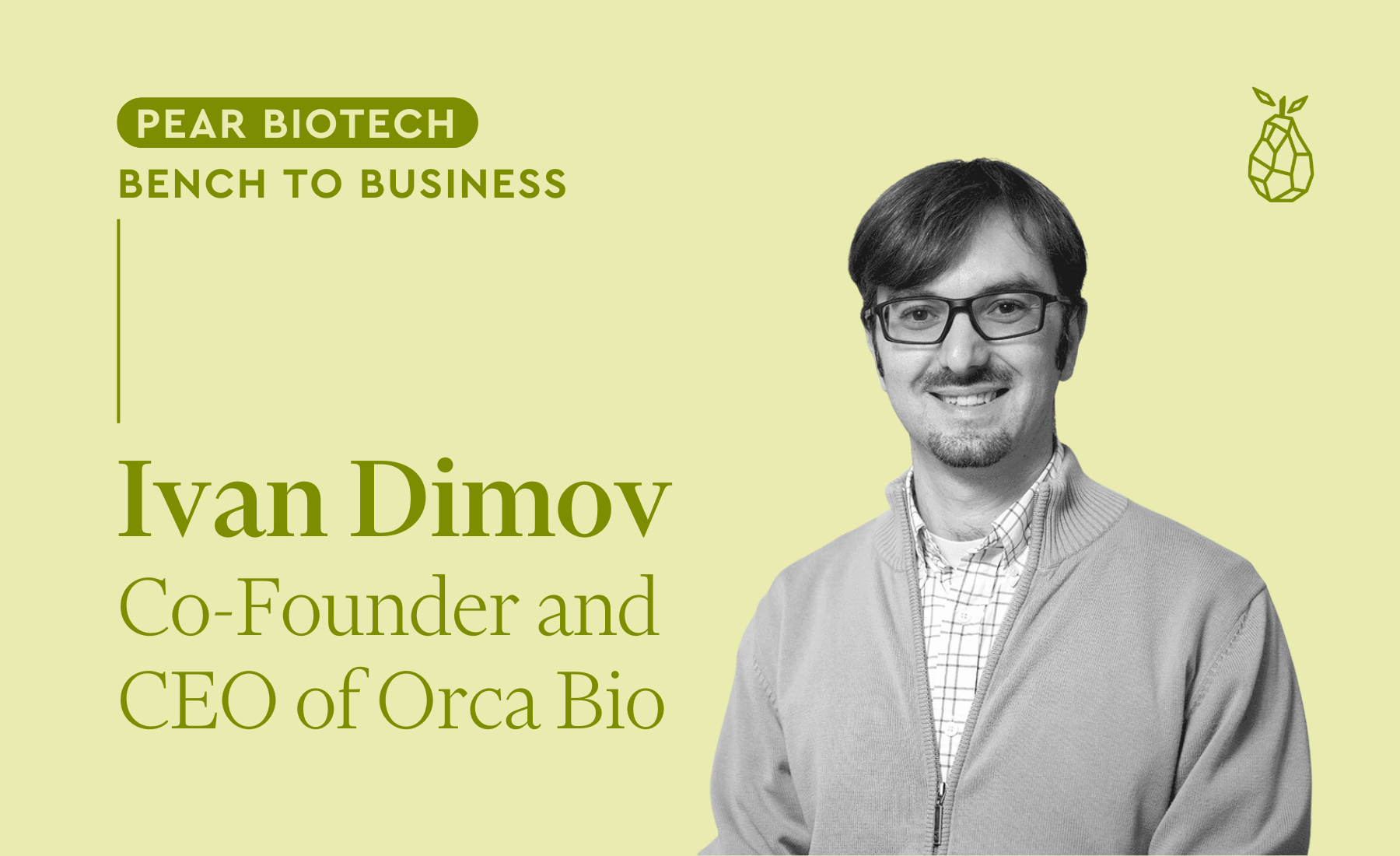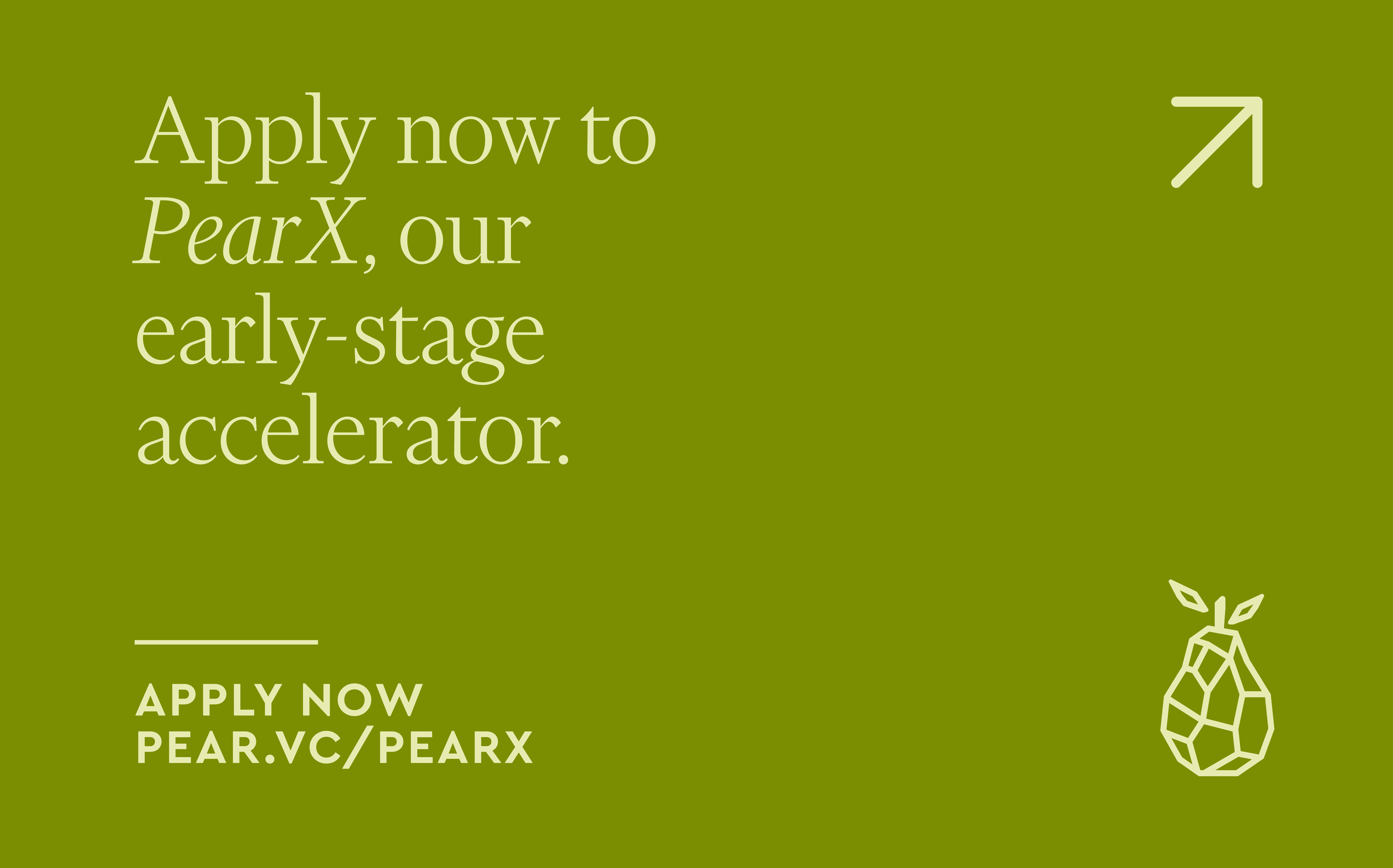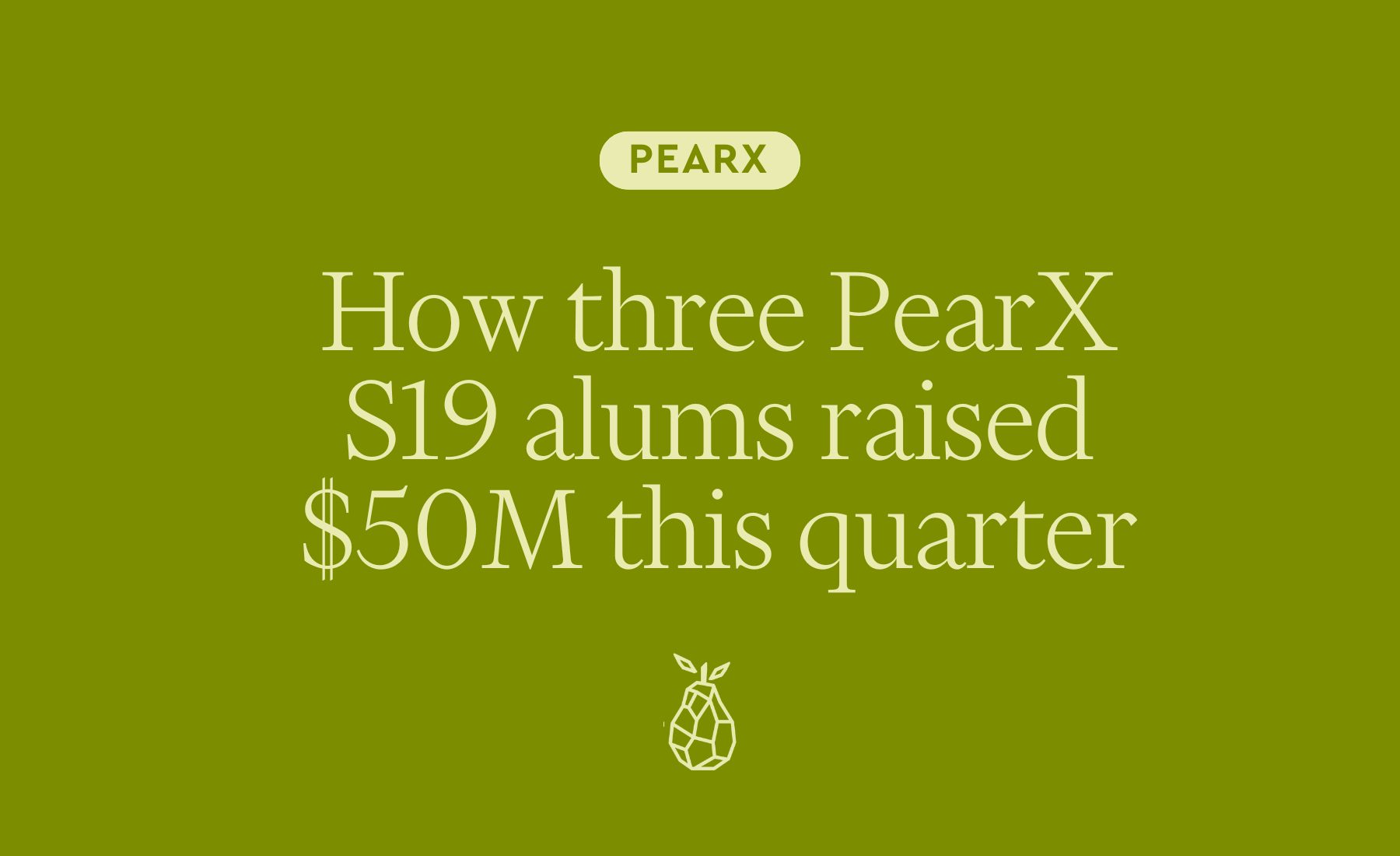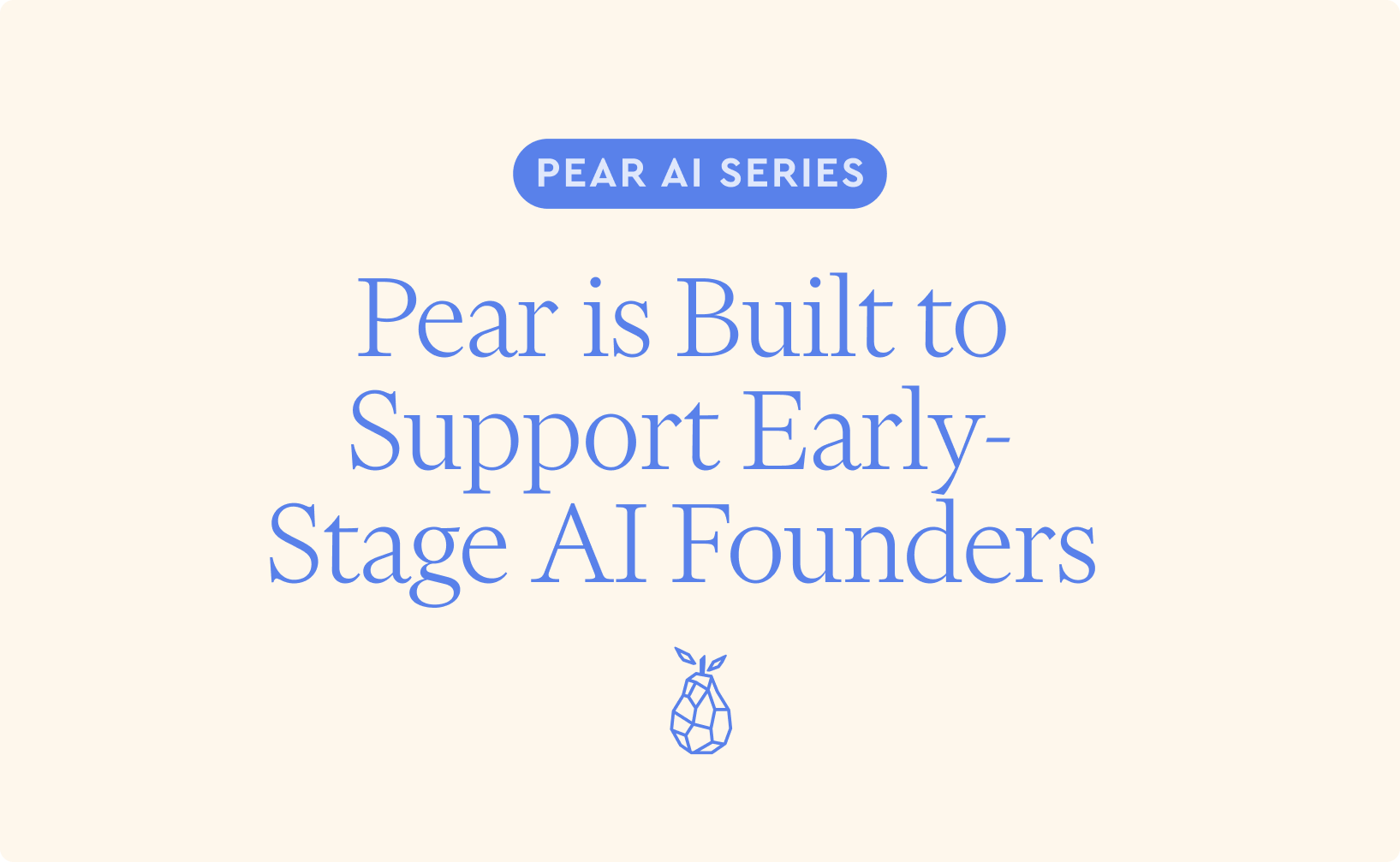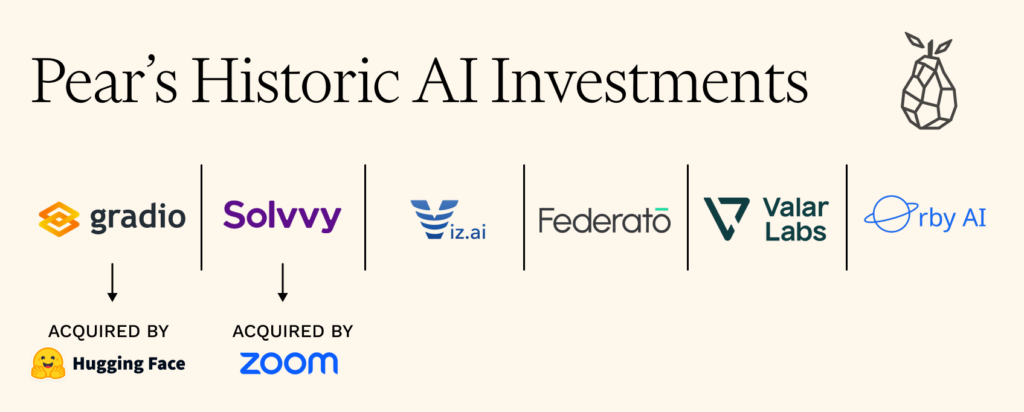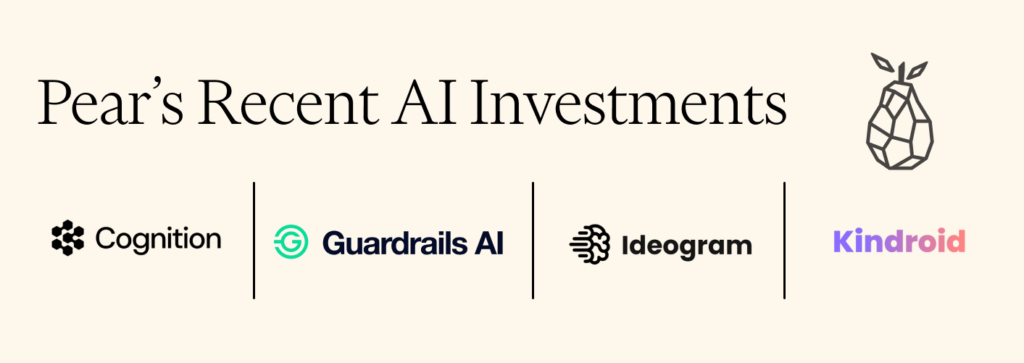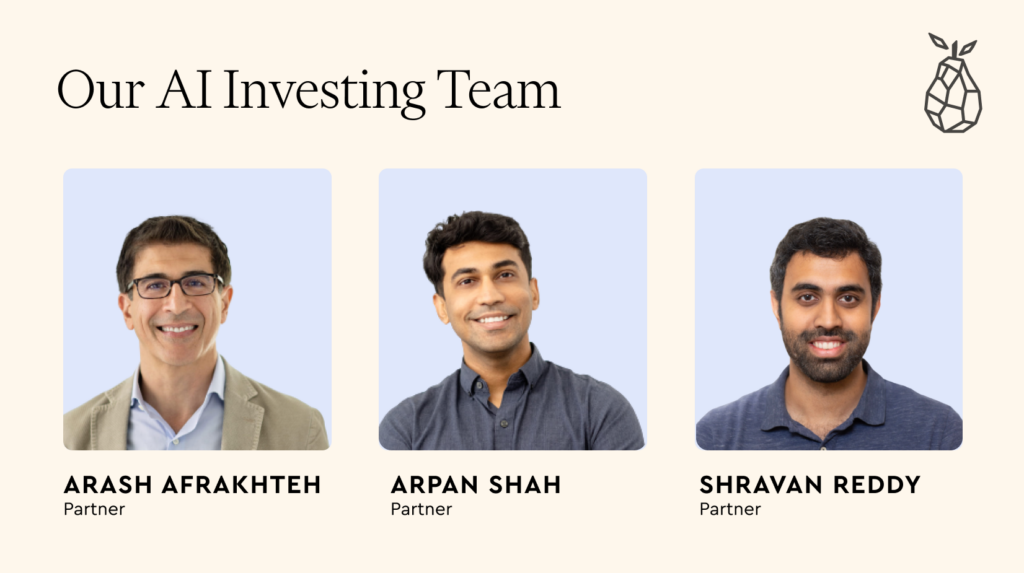Sales—it’s a word that often sends shivers down the spine of many early-stage founders. With all the complexities involved in strategic sales, mastering sales can feel downright daunting. However, as Tracy Young’s journey with founder-led sales at PlanGrid demonstrates, effective sales techniques can be learned and applied, even if you’re starting with zero sales experience. During her keynote at Zero to $1M, Tracy gave founders in the audience a comprehensive guide to best practices and a dose of inspiration to help them see that they, too, can master the art of selling.
Her top insights are summarized below:
From $0 to $5 Million without a Sales Team: Nailing Founder Led Sales
Tracy Young didn’t start with a robust sales team or even a deep understanding of how to run one. Instead, her initial success at PlanGrid was driven by solving real problems for real people. Dealing directly with customers—from project engineers to superintendents—helped PlanGrid understand their market’s needs and show that their product genuinely addressed their core concerns.
Focus on Growth Levers
Tracy shared that it’s important to seek out “growth levers” by slicing your market in various ways to identify which areas are ripe for investment and growth. Using this approach, Tracy was able to discover what was driving growth for her customers and that helped her narrow her focus and pitch to attain rapid growth in the early days. In just one year, PlanGrid expanded from five to fifty hospitals, proving the efficacy of strategically leveraging growth opportunities.
Grassroots to Enterprise: Build from the Ground Up
As always, in sales you have to narrow in before you go broad. In the early days, PlanGrid aimed at solving individual project-level problems, which eventually opened the door to larger, enterprise-level deals. The lesson here? Scaling starts with small, targeted wins that build credibility and customer base. When PlanGrid finally landed enterprise deals, selling a thousand licenses at once became easier than selling five at a time.
Focus on Customer Success from Day One
Achieving high net retention rates was paramount from even the earliest days at PlanGrid. For every dollar sold one year, PlanGrid could sell an additional $0.30 the next year—showing the importance of keeping existing customers satisfied and engaged.
Show up with Determination and Expertise
Tracy emphasized three key traits for successful founder-led sales: determination, domain expertise, and the ability to sell. She shared a powerful message: at least one founder must embrace the role of sales. And not just partially. This founder must fully embrace sales with determination and a can-do mentality in order to go the distance.
Creative, Low-Cost Marketing: Blueprint Suits and Donut Boxes
In the early days of scrappy marketing budgets, you can still stand out by employing creative tactics. For Tracy, that meant commissioning local fashion students to make blueprint suits in order to create a memorable presence at conferences. Another clever tactic involved delivering donut boxes with a card promising better food options for future meetings. These personal touches and human interactions stood out to her early adopters, and yielded significant ROI.
Building Trust and Belief in Your Product
Tracy highlighted a crucial aspect of selling: belief in your product. She advised founders to build something people want and to believe in the power of their product. Authenticity resonates with potential customers—they can tell if you genuinely believe in what you are selling or if you’re trying to offload something subpar.
The Resource You Can’t Waste: Time
Time is the one resource founders can’t afford to waste. Tracy emphasized creating efficiencies, whether through product development or customer interactions. Listen more than you speak, answer directly, and always know the next steps before leaving a meeting.
Championing Your Customer’s Needs
What stood out perhaps most profoundly from Tracy’s talk was her sincere commitment to her customers—the ones who “took showers at night.” The best founders are champions for their customers, solving real problems, and providing tangible solutions and aligning their customers’ success, motivations and aspirations with their own.
Conclusion: Believe in Your Journey
Learning to sell is a journey every founder must embark on. Tracy Young’s story is a testament to what can be achieved through determination, innovation, and an unwavering belief in your product. Take these insights, apply them to your venture, and remember: you can learn to sell, and you can achieve remarkable growth before hiring in GTM.
Stay tuned for more stories and insights from Zero to $1M: Winning Early GTM as we continue to share the strategies our amazing speakers shared to drive startup growth.
About Tracy Young:
Tracy Young is the co-founder and CEO of TigerEye.Tracy is an experienced company leader with a successful track record in scaling private enterprise technology companies. Previously, she co-founded and served as CEO of PlanGrid, the leader in construction productivity software that Autodesk acquired for $875 million in 2018. During this time, Tracy led the company through years of massive growth — from inception to product-market fit, and from $0 to $100 million in annual recurring revenue (ARR) — and drove teams to execute on strategic business initiatives.
In 2018 Tracy was recognized by Forbes’ Top 50 Women in Tech and named a Top 50 SaaS CEO by the SaaS Report. She has previously spoken at TEDWomen 2020, Techonomy, Salesforce’s Dreamforce and SaaStr.
Young was previously a visiting partner at Y Combinator (Winter 2020, 2021). She holds a B.S. in construction engineering management from California State University, Sacramento.
